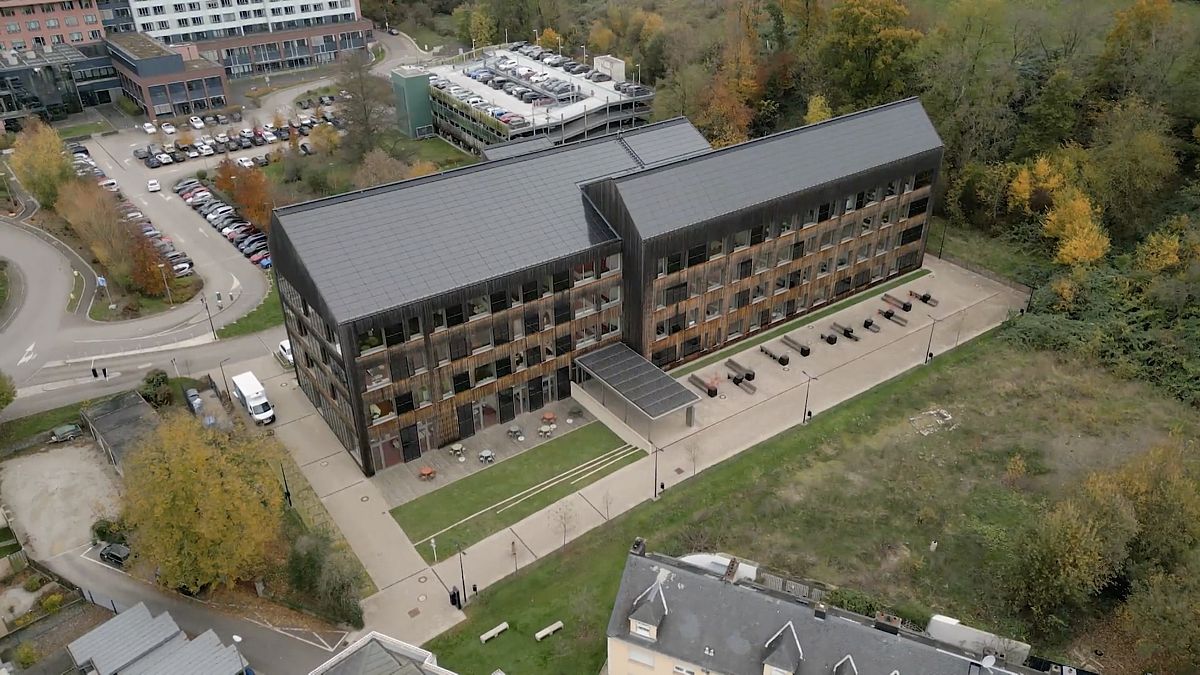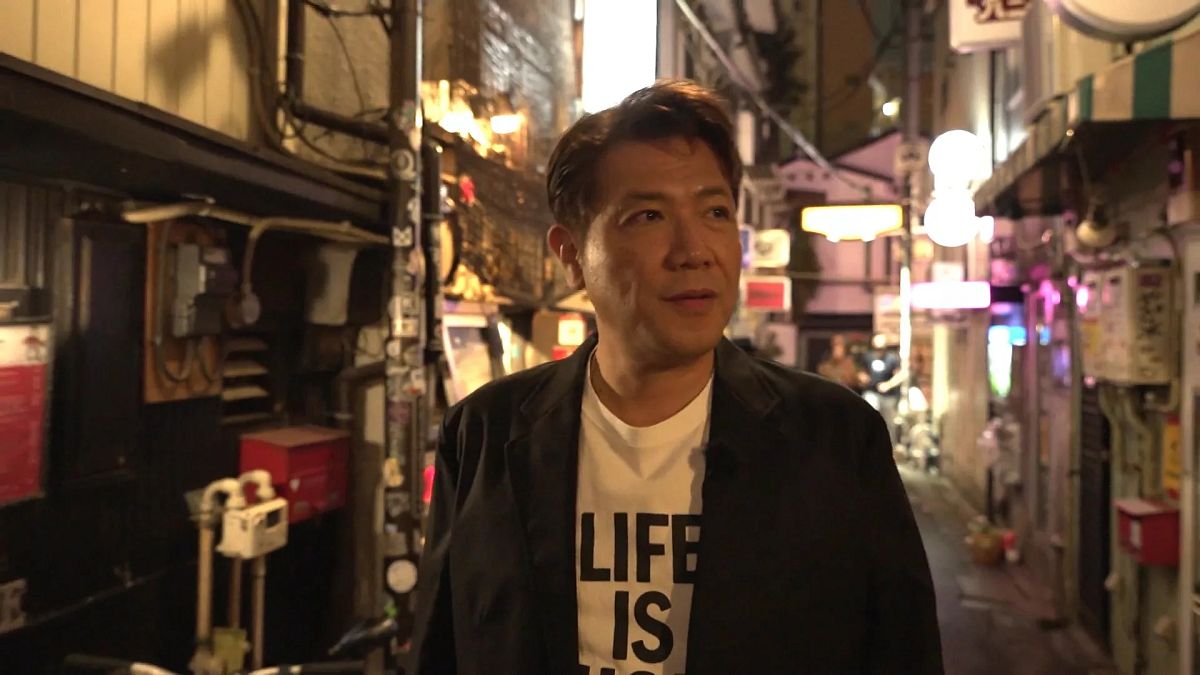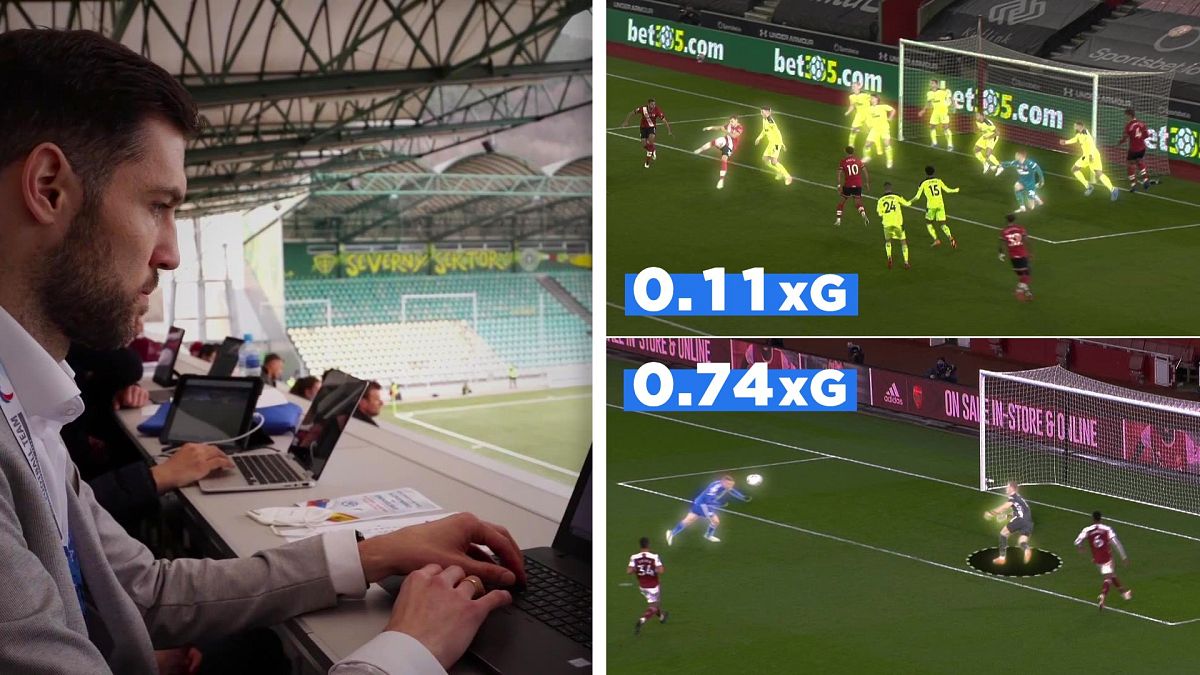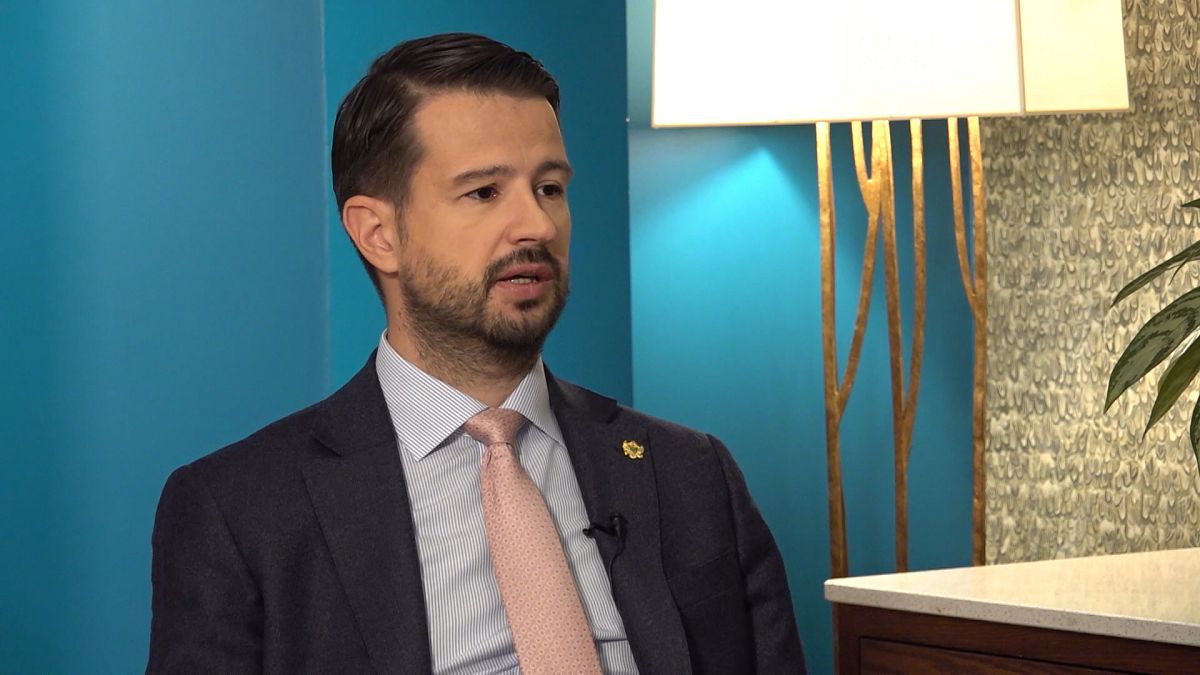Positive energy’: The concept of this Luxembourg building

The Luxembourg National School of Health (LTPS) produces more energy than it consumes. This award-winning building in Ettelbruck has become an example at home and across Europe.
The wood, solar panels, hot water tank… are all visible in this European project.
The project considers the “positive energy” of the building throughout its life cycle.
According to Martine Schmitt, an architect at the Luxembourg Public Building Administration, how to limit energy is generally studied over an average cycle of half a century, although “buildings can actually last for more than fifty years”.
Built next to a hospital, the Luxembourg National School of Health is committed to the integration and automatic control of its various energy sources.
Four hundred and thirty students, sixteen classrooms and six technical rooms are housed under its roof, entirely made up of photovoltaic panels. They produce twice the amount of electricity that the building needs. Heating is the other key element of this pilot project, with a vertically installed hot water tank.
Paul Weydert, an engineer with the Luxembourg Public Building Administration, explains that “it is twenty metres high and can store up to 100,000 litres of water. On the façade you can see the solar thermal collectors next to the windows – they look like windows, but they actually produce energy to heat the tank”.
According to the Luxembourg Public Building Administration, the total budget for this centre is 29 million euros, of which 28 million was financed by Luxembourg and 1 million by the European Union’s Cohesion Policy.
The walls of the classrooms and corridors are made of white clay; LEDs are the only electrical installation; the air is continually renewed and all materials have a low environmental impact and are highly energy efficient. But how do the students feel?
Since its construction in 2019, the centre has not aged a bit, according to deputy director Carlo Gudenburg, who is proud of the building’s facilities: “The atmosphere in the classrooms is always very pleasant in terms of temperature, humidity and the acoustics. The building has been designed to provide maximum educational opportunities and encourage students to work actively,” he says.**
Source: Euro News














